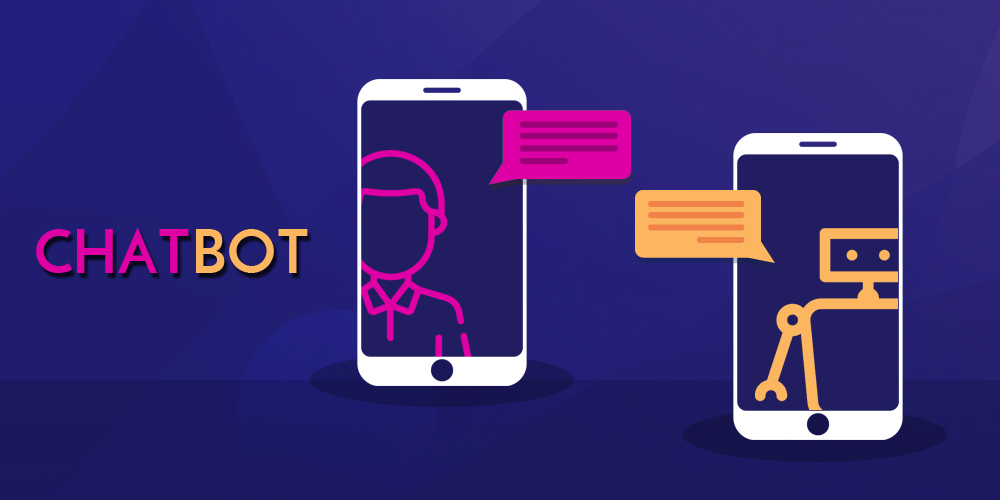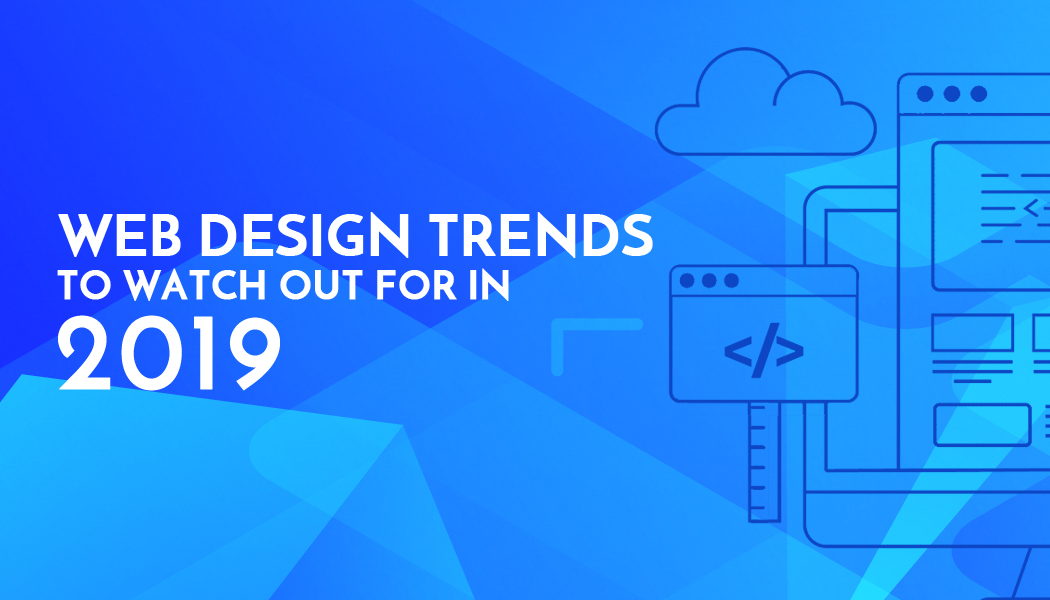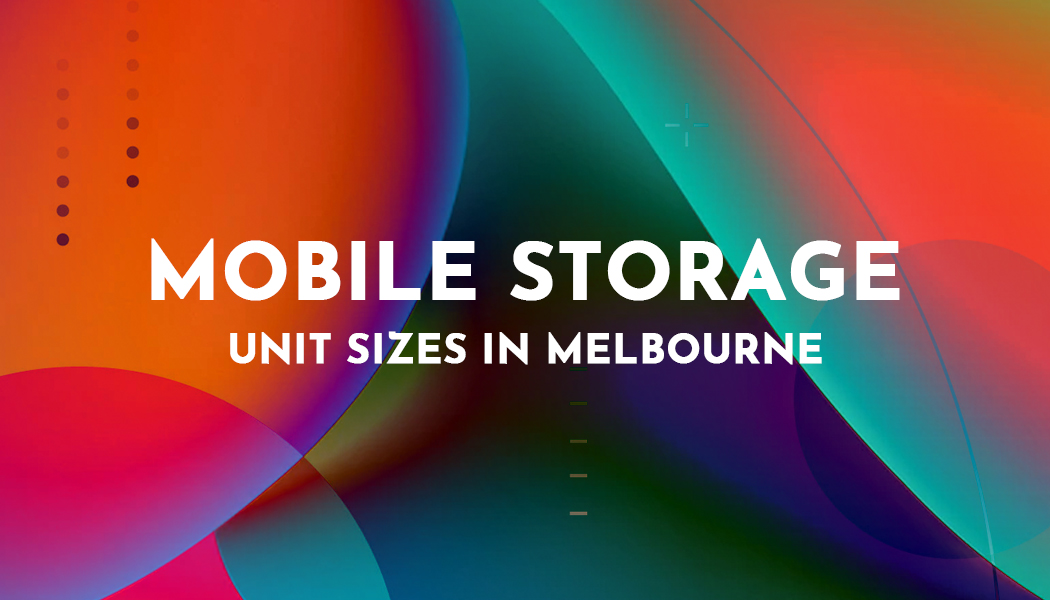6 Web Design Trends to Watch Out For in 2019
The web is in a state of constant evolution. New technologies are emerging every day, giving experts and laymen alike the tools they need to create websites unlike any other.
Shifting consumer preferences have businesses scrambling to develop and offer novel products and services for the online market. Finally, the dominant aesthetics of the day is pushing artists and designers to adopt certain visual styles for their creations. And when you combine these three kinds of tendencies, what you get is what’s colloquially known as a web design trend.
Keeping in touch with the latest web design trends is essential for anyone running an online business. It will give you a clear indication about how your website should look like in order to attract a crowd. And if you haven’t been paying enough attention to web design trends recently, our list will bring you up to speed with what’s been going on in the field of design since the start of the year.
User-Friendly Asymmetry
For the longest time, the main stylistic motif for websites was the rectangle. This preference for square shapes came about due to usability concerns (we are used to seeing text arranged in rectilinear blocks), as well as technological reasons (square grids made it easier to develop websites), but it looks like things are about to change. Recent developments indicate that asymmetry will play a much greater role in web design in the future. Asymmetric website layouts and organic shapes are becoming the order of the day, and users seem to love them. The reasoning is simple – such websites feel more human and inviting because they evoke images of the natural world.
More Dynamics Through Micro-Interactions
Micro-interactions are website events that occur whenever a visitor takes a small action, such as hovering the cursor over a navigation link, pressing a ‘like’ button, scrolling down the page, and similar. Micro-interactions take the form of subtle animations, changes in color, movements, and other kinds of visual queues. Their purpose is to make the user experience feel more dynamic through constant feedback. Micro-interactions only became popular recently because of two reasons. One is the wider availability of high-speed internet – micro-interactions can be bandwidth intensive, but this is no longer such a big problem. The other is the development of core web technologies (HTML, CSS, and JavaScript), which gave developers more powerful tools for creating such micro-interactions.
Mobile-Friendly Interfaces

It is debatable whether the mobile-first orientation of modern web design is even a trend at this point. With more than 50% of online traffic coming from portable devices, it is safe to say that mobile is the new paradigm. Within this space however, there are still design tendencies which rise and fall in prominence as time goes by. For the past few years, responsive design was the most prominent trend in mobile-focused web design. This year, professional web design companies are directing their efforts towards making touchscreen-optimized website interfaces. It is no longer enough to have your website render correctly on screens of varying size – it is equally important to create websites that retain their full functionality irrespective of the interface used to interact with them.
The Continued Domination of Video
The fact that video content is still the dominant format on the web should come as no surprise.According to a CISCO study from a few years back, by 2022 video will represent almost 82% of consumer online traffic. With demand sitting at an all time high, web designers are striving to incorporate video in their designs in interesting new ways. For instance, web designers are now trying to integrate video into traditionally static web page elements such as headers, sidebars, and backgrounds. This produces a similar effect to that of playing TV in the background – visitors can periodically shift their attention to see what’s going on while they engage in conventional browsing activities.
Smarter Chatbots

Chatbots are not a new invention, but their rapid rise to popularity took the online world by surprise. These automated conversation systems increasingly taking the roles of salesmen, customer service representatives, brand ambassadors, and personal assistants, creating massive shakeups online in the process. Each new generation of chatbots is smarter the last one. Modern AI-powered chatbots are practically indistinguishable from humans in terms of their output and reading comprehension. A chatbot can now act as a full-time custodian for your website. It can lead prospects through each stage of the conversion funnel, provide personalized assistance, and even close deals on its own.
Custom Graphics
The era of stock images is finally coming to a close, and it was about time. Consumers have grown tired of seeing generic photos, stock icons, and run-of-the-mill illustrations, and they stopped paying attention to them. And if there is one thing worse than not having visuals on your website, it’s having visuals that no one is looking at. Consequently, custom visuals are on the rise in modern web design. Whether they come in the form of hand-drawn illustrations, genuine workplace photos, or photoshopped images, custom graphics are a means of making websites appear more genuine and interesting. And with a wealth of image creation and modification software available, it’s now easier than ever to add a personal touch to a website.
Conclusion
The year has only just started, and we can already see the latest crop of web design trends taking shape before our eyes. It is still early to tell what the web design landscape will ultimately look like by the end of the year, but we can be sure it will involve the design tendencies we have outlined above in some capacity.




